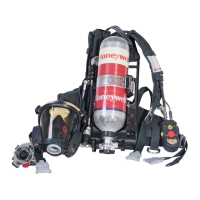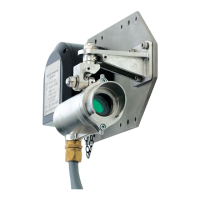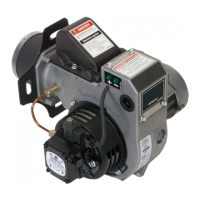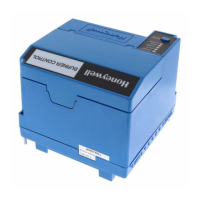53
MAN0530 Issue 10 - 11/09 Searchline Excel
2104M0506
Contaminants
Assess the installation and its surrounds for sources of contaminants that could build up on
the unit’s windows. Such contaminants could include oil mist, heavy sea spray, drilling mud,
dirty exhaust fumes, wave splash etc.
Ifthereisarealisticpossibilitythatsuchcontaminantscouldcauseasignicantproblem,
enter a brief description, e.g.
Drilling mud spray,
Diesel generator exhaust
Beam Obstruction/Blocks
Ideally, a clear path of at least 20cm diameter should be provided between the Transmitter
and the Receiver. Enter any obstructions which encroach into this path, e.g.
Process pipes,
Tree branches
Assess the installation and the beam path for potential sources of beam blockage. These
could include personnel walking in the beam, parking vehicles, moving machinery/plant,
growing vegetation etc.
Ifthereisarealisticpossibilitythattheycouldcauseasignicantproblem,enterabrief
description, e.g.
Personnel in corridor,
Loading bay vehicles
Test Filter
After completing the installation procedure, enter the DISPLAY mode and test the gas
detectorresponsewithaplastictestlter.Enterthenominalvalueofthetestlter,theunit’s
displayed response and mark the Pass or Fail box.
Theacceptableresponsestotestltersfordifferentgastablesaredetailedinsection5.1.2.
4 - 20mA Loop Integrity
Test the 4 - 20mA loop integrity by forcing the unit to output a known current and monitoring
this at the control room or with a multimeter inserted into the loop. Mark the appropriate box.
Fault/Warning Log
Check the fault/warning log. In order for the unit to complete installation satisfactorily, the
ACTIVE FAULTS log must be CLEAR. Use the Handheld Interrogator to diagnose and
remedy all ACTIVE FAULT.
Wherever possible, it is recommended to CLEAR any ACTIVE WARNINGS, since these
may lead to faults in the future.
3. INSTALLATION AND OPERATION

